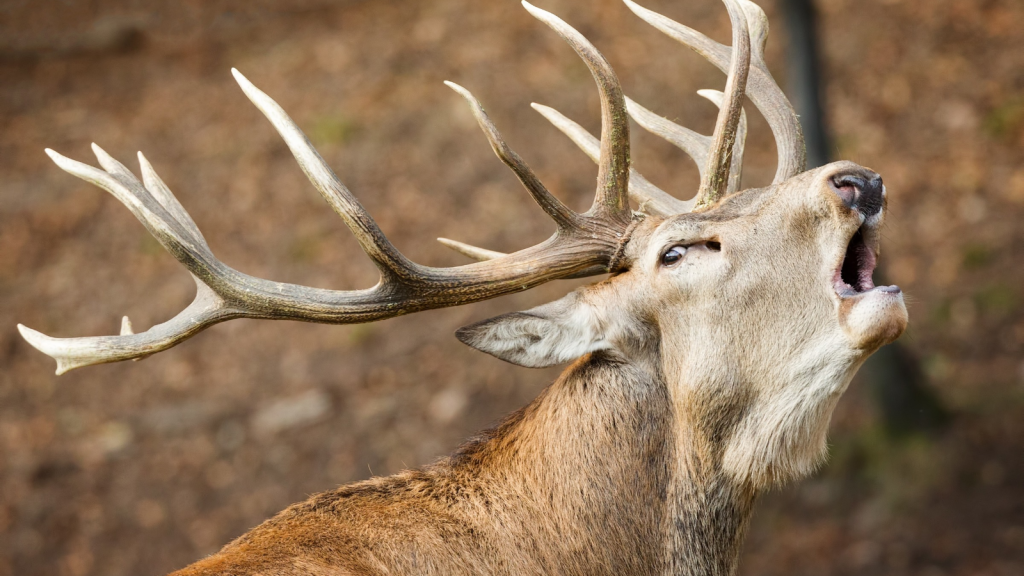Wolves are known as fearsome predators, but they’re not always at the top of the food chain. In the wild, some incredibly brave (or perhaps foolish) animals dare to stand up to entire wolf packs. These confrontations can be a matter of survival, territory defence, or even predation. From the towering bears of North America to the nimble big cats of Europe and Asia, these creatures prove that sometimes, the hunted become the hunters. Let’s explore the remarkable animals that have the courage and strength to challenge wolf packs head-on.
Grizzly Bears
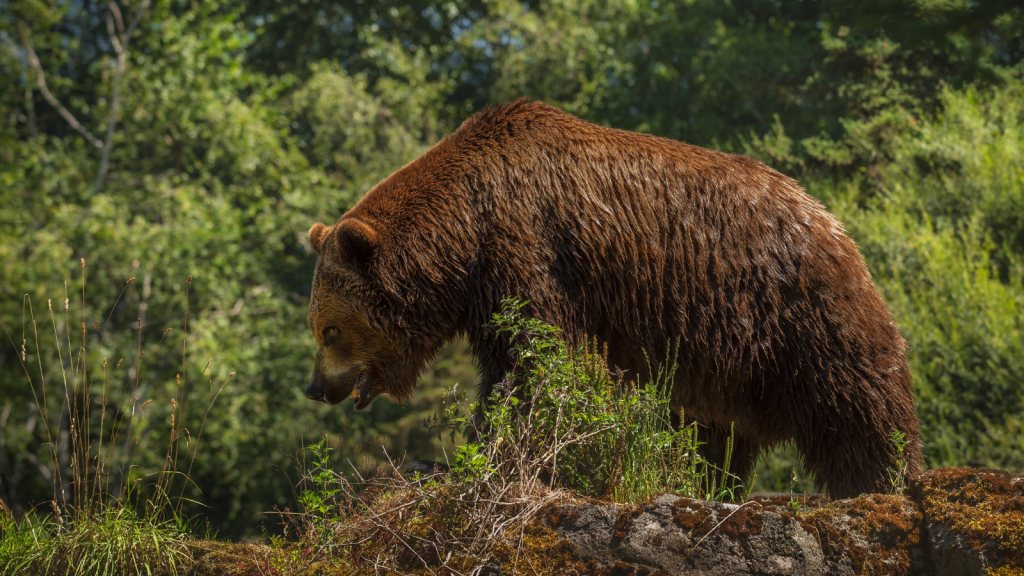
Grizzly bears are among the few animals that can intimidate an entire wolf pack. These massive omnivores can weigh up to 600 kg and stand nearly 3 metres tall on their hind legs. Their incredible strength and thick fur make them formidable opponents for wolves. Grizzlies have been known to chase wolf packs away from kills and even prey on wolf pups when food is scarce. In areas where grizzlies and wolves coexist, their interactions often shape the entire ecosystem, influencing the behaviour and populations of other species.
Bison
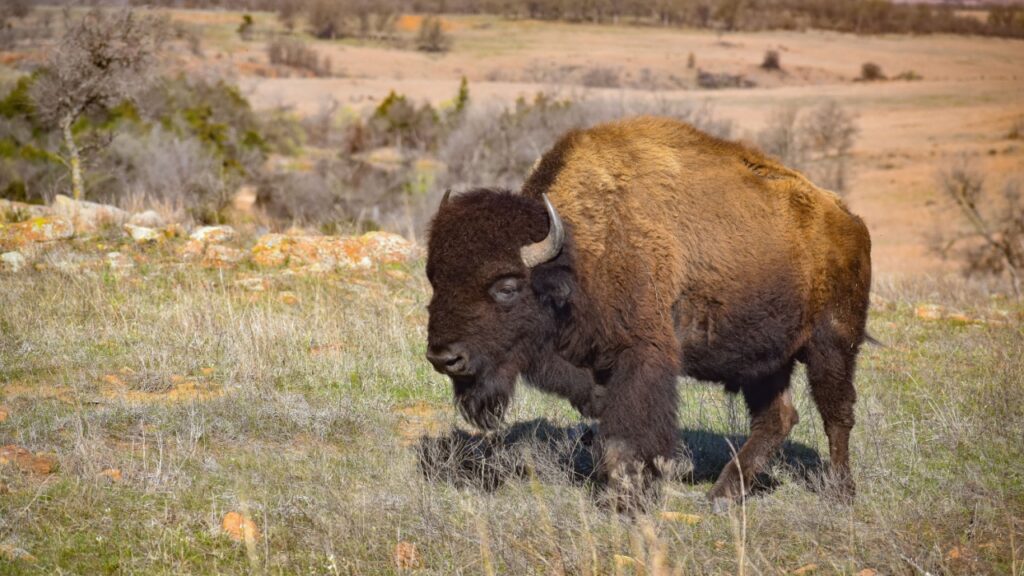
Bison are powerhouses of the plains, weighing up to 900 kg. Their massive size and sharp horns make them dangerous adversaries for wolf packs. When threatened, bison form defensive circles around their young, presenting a united front against the wolves. Adult bison can easily injure or kill wolves with their horns or by trampling them. Interestingly, some studies have shown that the presence of wolves can actually benefit bison herds by keeping them more alert and mobile, which helps prevent overgrazing in specific areas.
Moose
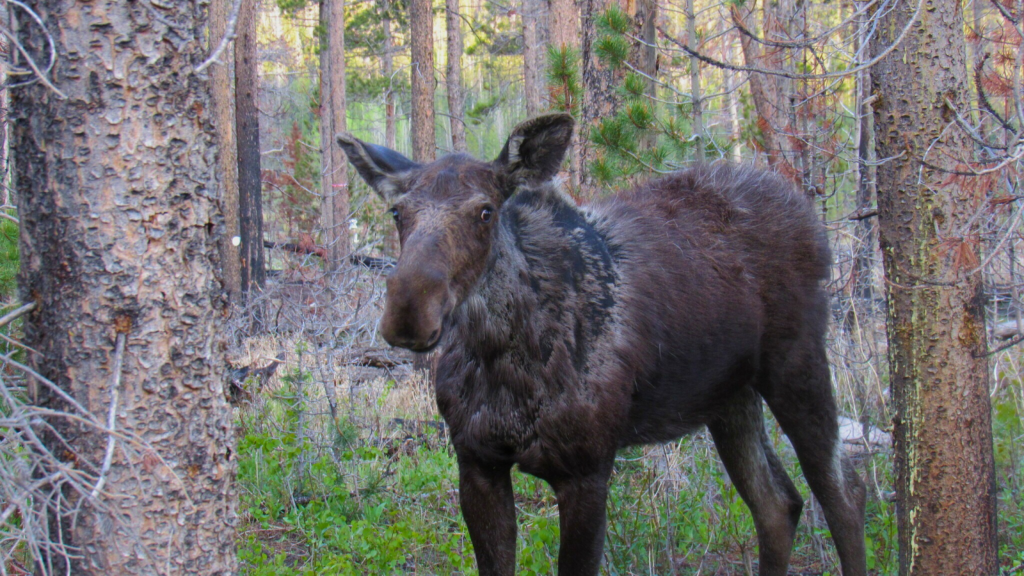
Moose are the largest members of the deer family, standing over 2 metres tall at the shoulder. Their long legs and sharp hooves make them dangerous opponents for wolves. Moose have been observed chasing off wolf packs and even killing individual wolves with powerful kicks. During calving season, mother moose become particularly aggressive in defending their young. In some regions, moose have developed specific behaviours to avoid wolf predation, such as calving near human settlements or on islands where wolves are less likely to venture.
Tigers
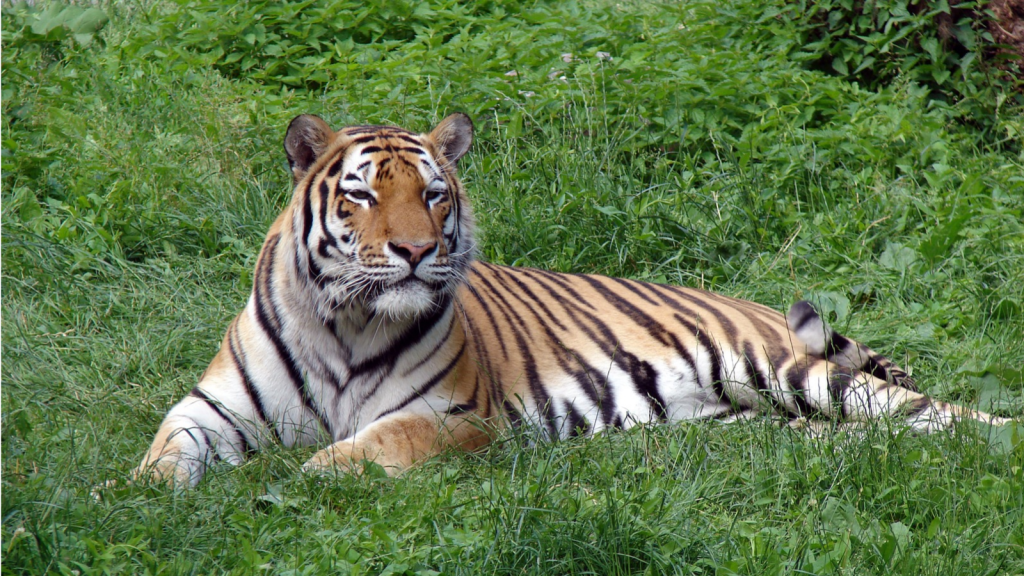
In parts of Asia where their ranges overlap, tigers and wolves engage in fierce competition. Tigers are skilled ambush predators and can easily overpower a lone wolf. When facing a pack, tigers use their strength and agility to target individual wolves. In some areas, tigers have been known to specialise in hunting wolves as prey. This predator-on-predator violence can have significant impacts on local ecosystems, often leading to complex shifts in prey populations and behaviours.
Elk
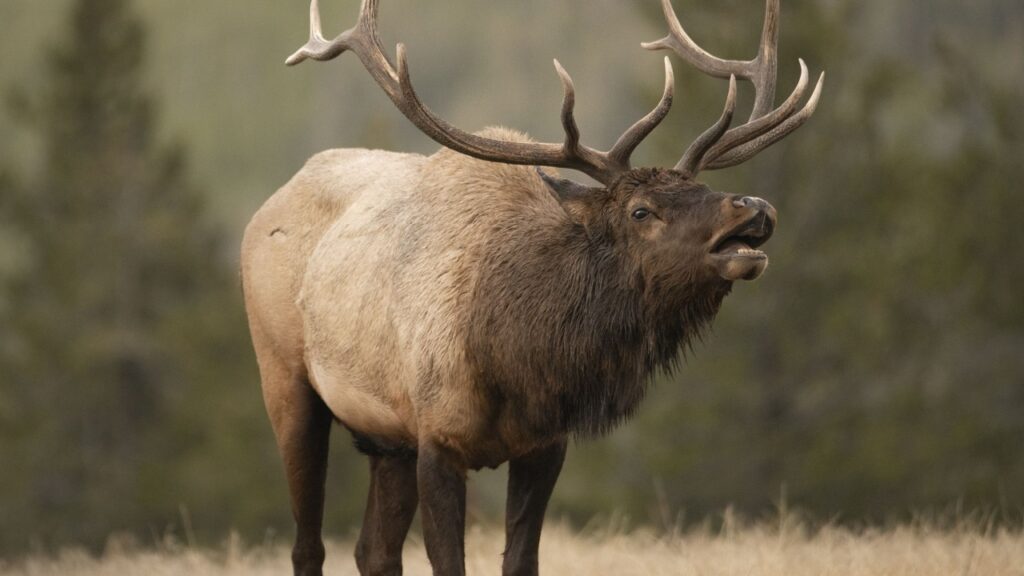
Elk are large deer species that often fall prey to wolf packs. However, they’re not defenceless. Bull elk, in particular, can be formidable opponents with their massive antlers and powerful bodies. During the rutting season, testosterone-fueled bulls become exceptionally aggressive and may actively chase off or fight wolf packs to protect their harems. Elk have also developed sophisticated group defence strategies, such as forming protective circles around calves and using their keen senses to detect approaching wolves.
Brown Bears

Like their grizzly cousins, European brown bears are more than capable of standing up to wolf packs. These bears are opportunistic feeders and will often steal kills from wolves. In some cases, brown bears have been observed hunting and eating wolves, especially in areas where other prey is scarce. The relationship between brown bears and wolves is complex, as they can also benefit from each other’s presence through scavenging opportunities and the regulation of prey populations.
Cougars
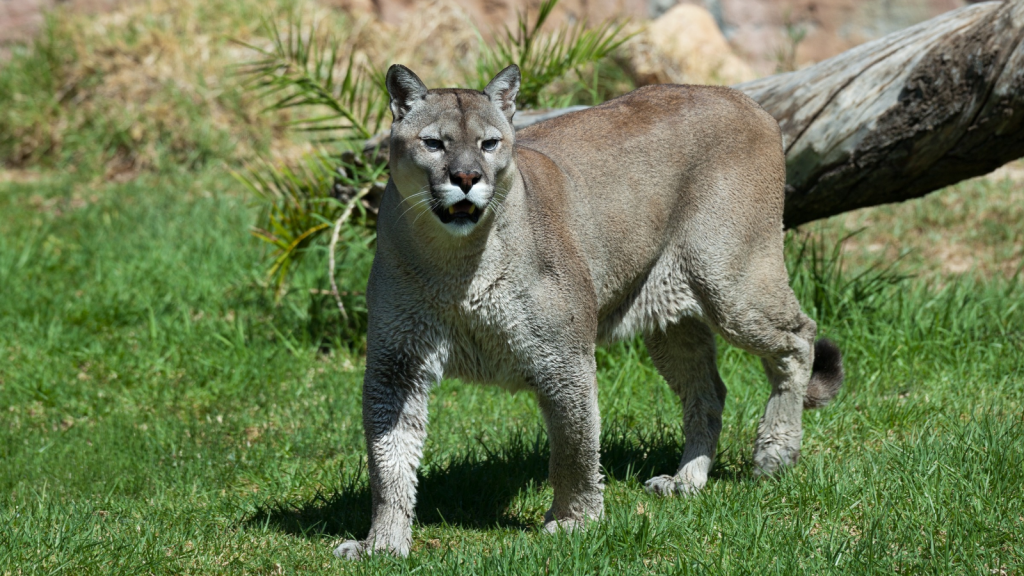
Also known as mountain lions or pumas, cougars are skilled predators that sometimes clash with wolf packs. While they generally avoid confrontation, cougars can hold their own against wolves when necessary. Their agility and powerful claws make them dangerous opponents, and they’ve been known to kill wolves in one-on-one encounters. Cougars and wolves often compete for the same prey species, leading to intricate ecological interactions that can vary depending on habitat type and prey availability.
Wolverines
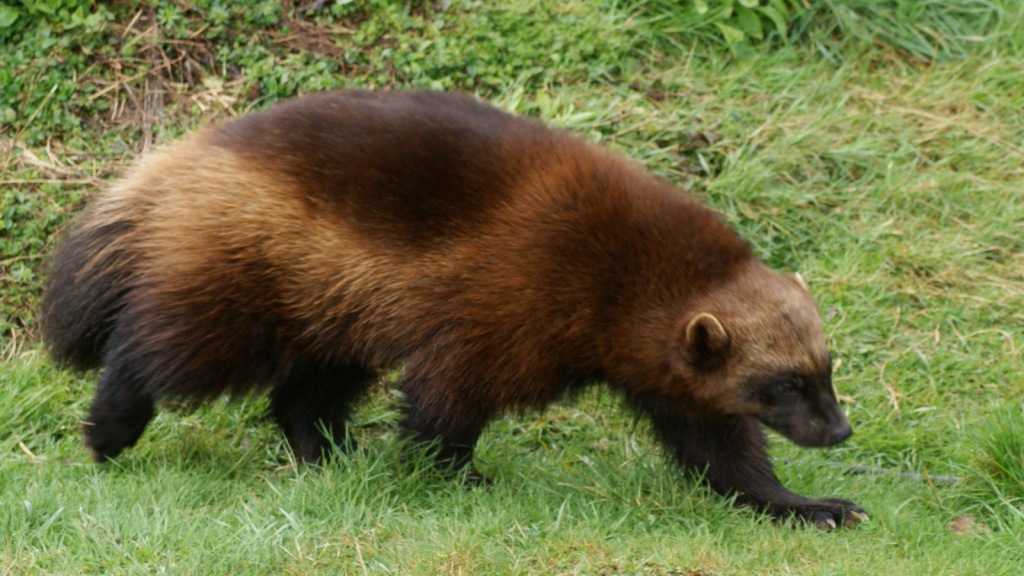
Don’t let their small size fool you – wolverines are pound-for-pound one of the toughest animals in the forest. These muscular members of the weasel family have been observed stealing kills from wolf packs and even killing wolves in rare instances. Wolverines are known for their incredible strength, tenacity, and fearlessness in the face of larger predators. Their ability to survive in harsh, cold environments often gives them an advantage over wolves in certain terrains, allowing them to access food sources that wolves cannot reach.
Lynx
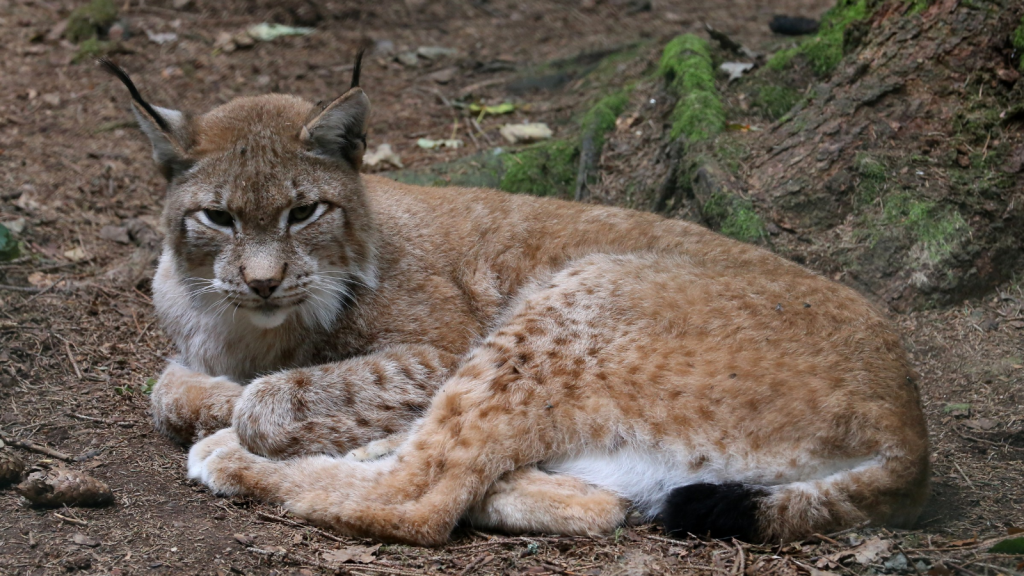
While lynx are generally smaller than wolves, they’re skilled climbers and fighters. In areas where they compete for prey, lynx have been known to stand their ground against wolf packs. Their sharp claws and ability to quickly climb trees give them an advantage in these encounters. Lynx have also been observed using clever tactics to avoid wolf confrontations, such as hunting in areas with dense tree cover where their climbing abilities give them a quick escape route.
Wild Boars
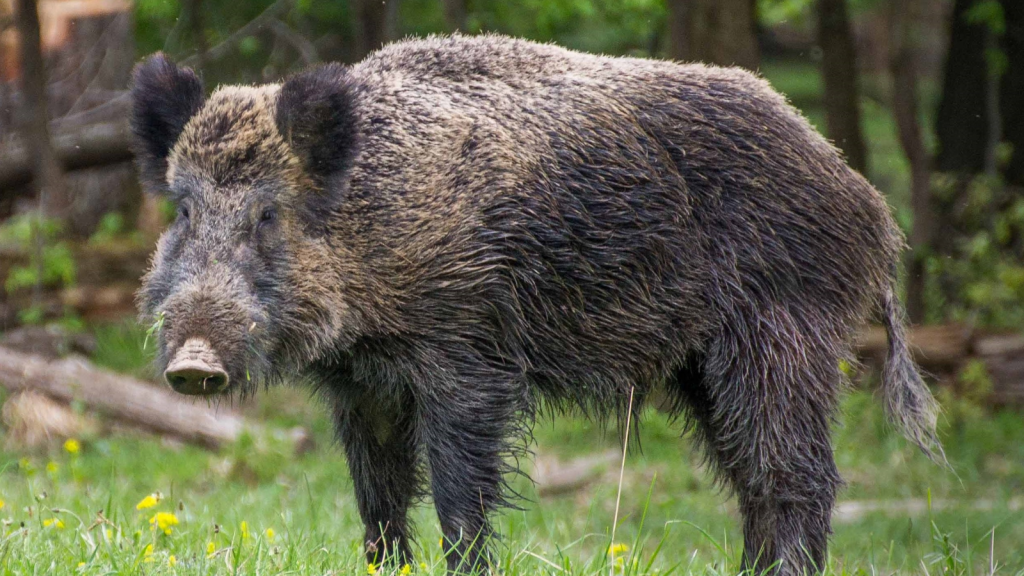
Wild boars might seem like unlikely challengers to wolf packs, but they’re surprisingly formidable. Adult boars have thick skin and sharp tusks that can inflict serious damage. When cornered or protecting their young, boars become extremely aggressive and have been known to seriously injure or kill wolves. Boars also have a significant advantage in their rooting behaviour, which allows them to find food sources that wolves cannot access, reducing direct competition for resources.
Humans
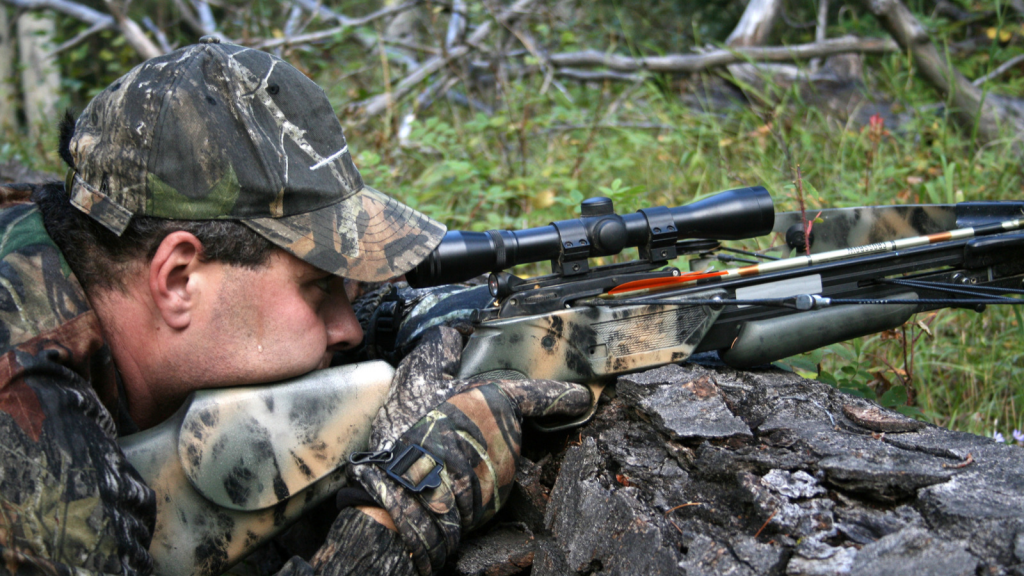
Historically, humans have been the most significant challengers to wolf packs. Armed with weapons and working in groups, humans have hunted wolves for centuries. In many areas, human activity has dramatically reduced wolf populations. However, recent conservation efforts have helped some wolf populations recover, leading to a more balanced coexistence between humans and these remarkable predators. The complex relationship between humans and wolves continues to evolve, with ongoing debates about wolf management and conservation strategies in many parts of the world.
Becky is a fervent wildlife enthusiast and pet care expert with a diploma in canine nutrition. Her love for animals stretches beyond the domestic, embracing the wild tapestry of global fauna. With over a decade of experience in animal welfare, Becky lends her expertise to OutlandishOwl through insightful articles, captivating wildlife information, and invaluable guidance on pet nutrition. Her work embodies a deep commitment to understanding the intricate lives of animals and a passion for educating others on sustaining natural habitats. Becky's hands-on conservation efforts and her knack for translating complex dietary science into practical pet feeding tips make her an indispensable voice for creatures great and small.

